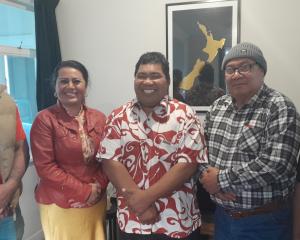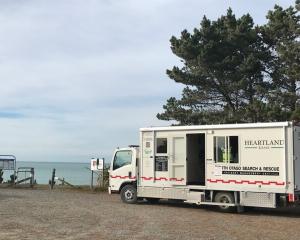The mother of the 18-month-old called 111 and got nowhere, so she drove to Mrs Verheul's house about 1km away.
Mrs Verheul rang 111 and asked for an ambulance, and thought there was a good possibility she would get put through to the Omarama first response unit, but centre staff did not connect her with them.
"I hung up. I rang the first response people here.''
A member of the unit gave her some advice about how to get the help she needed as quickly as possible.
"So I rang 111 again and asked for the fire brigade, and then asked for the Omarama first response and that's what got me a turnout. ‘It's extremely frustrating.
"I wrote a letter to St John in Dunedin and literally got told that's what's done.''
She said an ambulance from Twizel took 45 minutes to get to her address and in the end it was not working properly.
"The guy was by himself and the ambulance couldn't take us to Oamaru Hospital, and we ended up taking [the child] down to Oamaru emergency department ourselves.''
Mrs Verheul said the child was taken to Dunedin Hospital the next day for an operation to get a pin inserted in his finger.
St John assistant director of clinical operations- field operations Derek Liefting said in order to prioritise the most urgent incidents, patients whose emergency was not critical or life-threatening might wait more than 30 minutes for an ambulance.
This was the case throughout the country.












